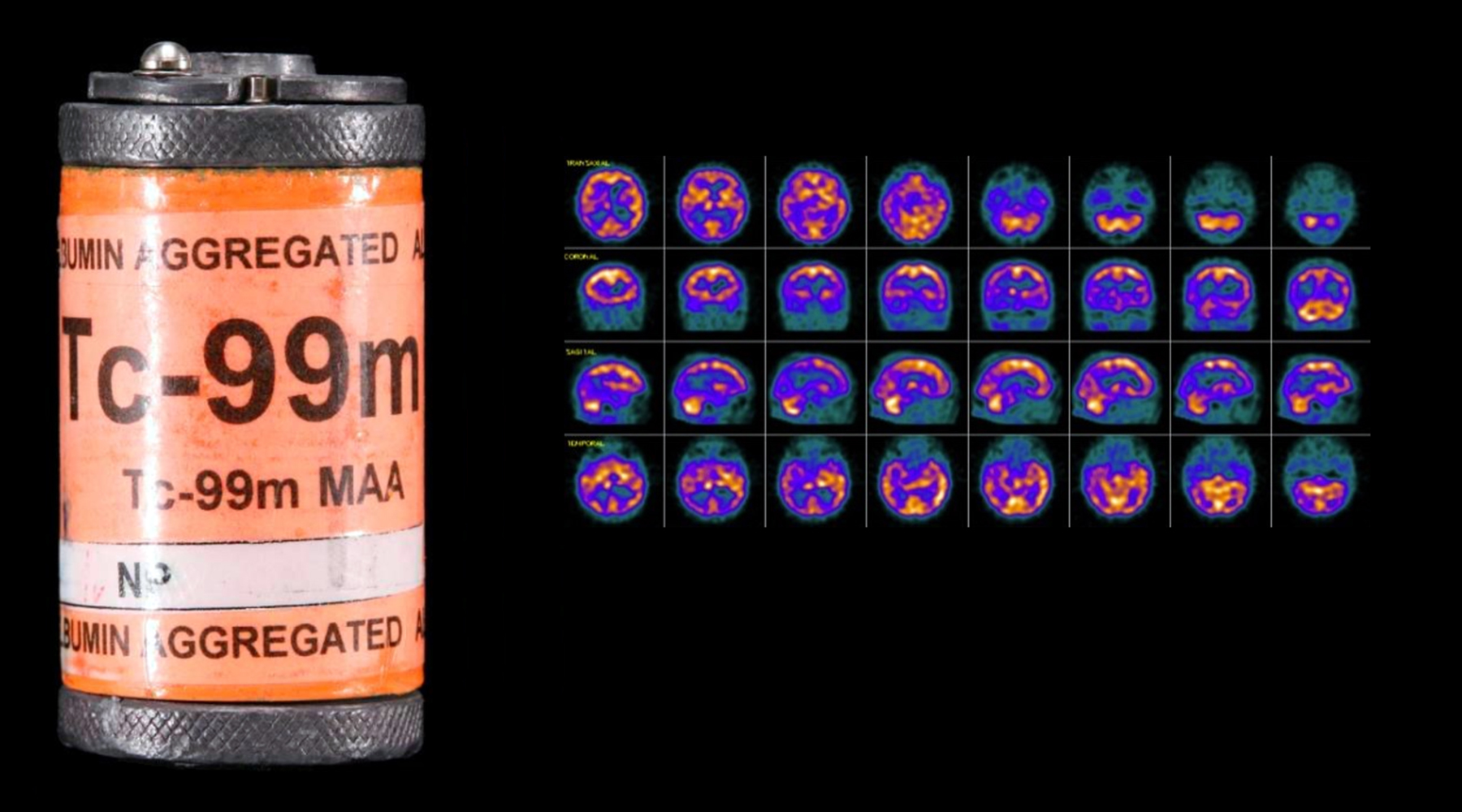Scientists from the Russian University of Chemical Technology. DI. Mendeleev (RCTU) with the participation of colleagues from the Institute of Physical Chemistry and Electrochemistry. A.N. Frumkin (IPCE RAS) and other Russian institutes have developed an effective electrochemical method for the synthesis of the rare element technetium. This is reported in the Journal of Electroanalytical Chemistry.
To obtain a valuable element, Russian scientists have chosen an inexpensive and accessible technique for electrolysis from radioactive solutions that contain technetium salts. It was previously believed that such a method would not allow achieving the desired result: a film of technetium oxides formed on the surface of the electrodes, which blocked its further reduction to metal.
Recall that technetium does not occur in nature, but up to 6% of it is present in spent nuclear fuel. According to the researchers, it has special areas of use, for example, in the synthesis of isotopic pure ruthenium, which is necessary for the production of gadgets and military devices. By itself, this metal is needed as a nuclear isomer of technetium-99m for medical diagnostics. It is widely used as a contrast marker for studying internal organs and identifying tumors.
- The nuclear isomer technetium-99m (Tc-99m) has found wide application in medical diagnostics. Tc-99m Images of the Alzheimer's Disease Brain
- © Radiopaedia.org
“To isolate technetium, chemicalprocesses with many time-consuming operations, a large amount of reagents and waste. We have developed a more affordable method for the electrochemical reduction of good quality technetium, ”said Vitaly Kuznetsov, the main author of the study, professor of the RCTU, in an interview with RT.
According to Vitaly Kuznetsov, work on the electrochemical production of technetium was recognized as unpromising 25-30 years ago, since the output produced a coarse, easily crumbling radioactive sediment. However, in the course of new scientific work and accompanying experiments, Mendeleevs managed to establish the optimal electrolyte composition for the effective reduction of metallized technetium. Instead of pure water, they used concentrated aqueous solutions of acetates. As a result, a constant level of electrolyte acidity was achieved and undesirable processes were minimized.
In addition to military, electronic and medical applications, the method can also find application in radioactive waste treatment technologies. As Vitaly Kuznetsov noted, today most of the spent products of the nuclear industry are utilized, mostly buried. Currently, a unique development of Russian chemists is undergoing a patenting stage.

